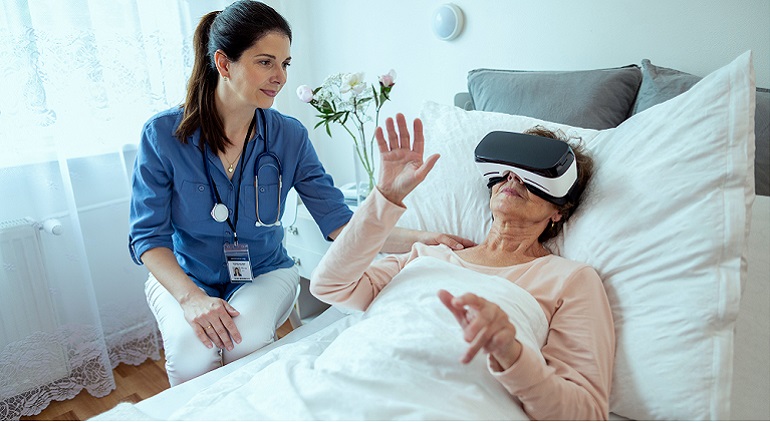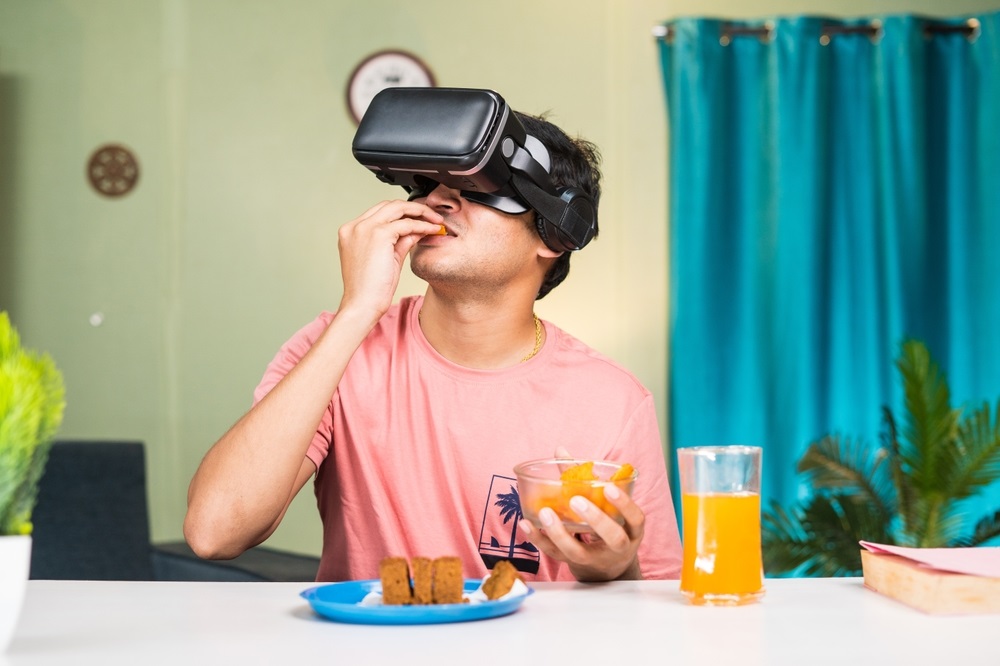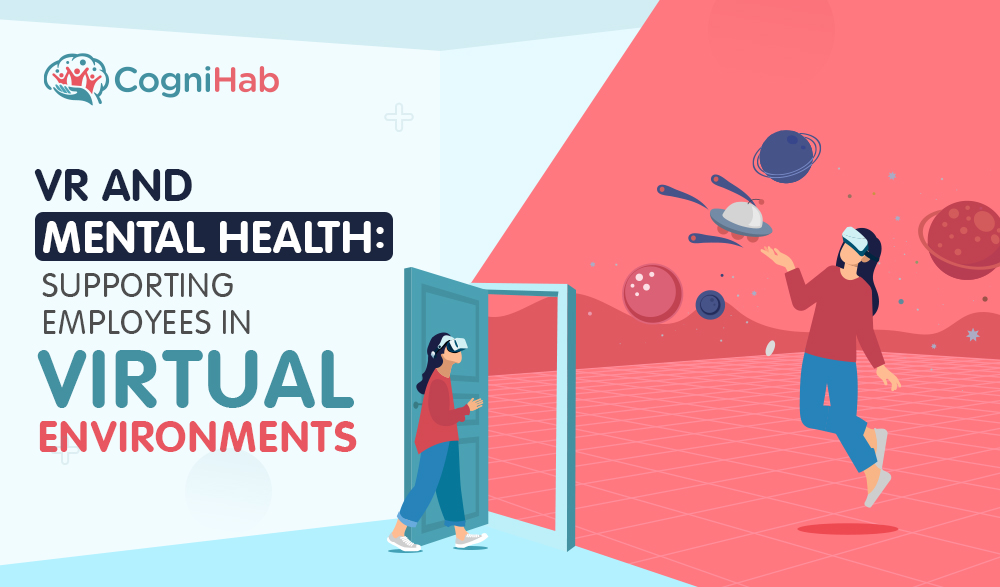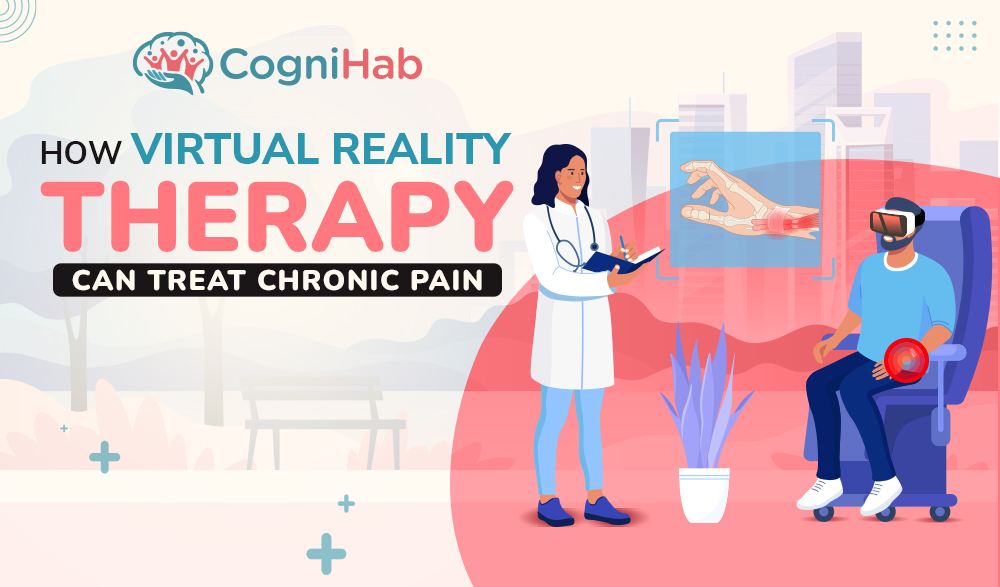Parkinson's Disease Treatment Using Virtual Reality Rehabilitation
Parkinson’s disease is a brain disorder that affects the functions of the body. Due to Parkinson’s disease, a person may experience shaking, stiffness, and difficulty with walking, balance, and coordination. It progresses slowly, but symptoms become worst over time.
- Almost one million people in the United States are suffered from Parkinson’s disease (PD). And this is expected to reach more than 10.2 million by 2030.
- There are more than 10 million people diagnosed with Parkinson’s disease, globally.
- Elder people are more likely to suffer from the disease.
- Men have more chances than women to have Parkinson’s disease.
Symptoms of Parkinson’s disease
- Tremor – Tremor is the first sign of Parkinson’s disease. Hands may tremble even when a patient is resting.
- Bradykinesia (slow movement) – As the disease progresses, a person experience problem with normal walking. The steps may become shorter and it may take more time than usual.
- Stiffness in muscles – Any part of body muscles becomes stiff. This stiff may lead to excessive pain and restrict movement.
- Speech problem – The patient may face problems with flawless speaking. They may hesitate a lot before taking.
- Problem with automatic movements- There is plenty of automatic movement such as blinking, smiling or swinging of arms while walking. Patients with PD many times miss these.
Virtual Reality in Parkinson’s disease
Symptoms of Parkinson's disease (PD) can improve by a combination of medication and regular physiotherapy. Virtual reality (VR) technology designed rehabilitation therapy that helps to improve motor learning skills in a safe environment.
It replicates real-life situations which effectively improve functional activities of daily living.
As per Market research, VR in Healthcare Market is estimated to reach USD2.38 Billion, by 2026 at 33.18% CAGR, worldwide.
Benefits of Virtual reality (VR)
Practice, practice, and practice: People who learning motor skills need motivation. The unique characteristics of VR simulate a real-life situation. Therefore, a person can practice motor skills without exhausting themself.
- Simplify the exercise
People with advanced stages of Parkinson's disease may face problems when it comes to learning a new and complex motor skill. VR help to simplify the task, which makes it easy to perform.
- Precise in feedback
VR is very precise with its therapy programs; therefore, it is easy to identify the area of improvement. This makes VR therapy more fruitful than conventional physiotherapy.
- Risk-free environment
Virtual Reality (VR) is designed in such a way that patients are exposed to real-time situations, but with a controlled environment. It reduces the risk and increases efficiency.
Related post: VR Rehabilitation Vs Physical Therapy for Stroke
Conclusion
As per many studies, Virtual reality (VR) rehabilitation therapy is as effective as conventional therapy, although, it shows better performance on walking and balances in patients with Parkinson's disease.
According to the American Academy of Neurology, neurological disorder is the biggest concern. As per the survey conducted over 195 countries; more than a 250.7million disability-adjusted life years (DALYs) were caused by a neurological disorder in 2015. This number is 7.4% more than it was in 1990.
With proper care and rehabilitation program, this can be controlled. Cognihab has designed patient-centric rehabilitation programs, with the help of healthcare providers and medical practitioners.
Some of our offerings are rehabilitation suites for autism or cerebral palsy treatment, Vision therapy, and anxiety reduction.







